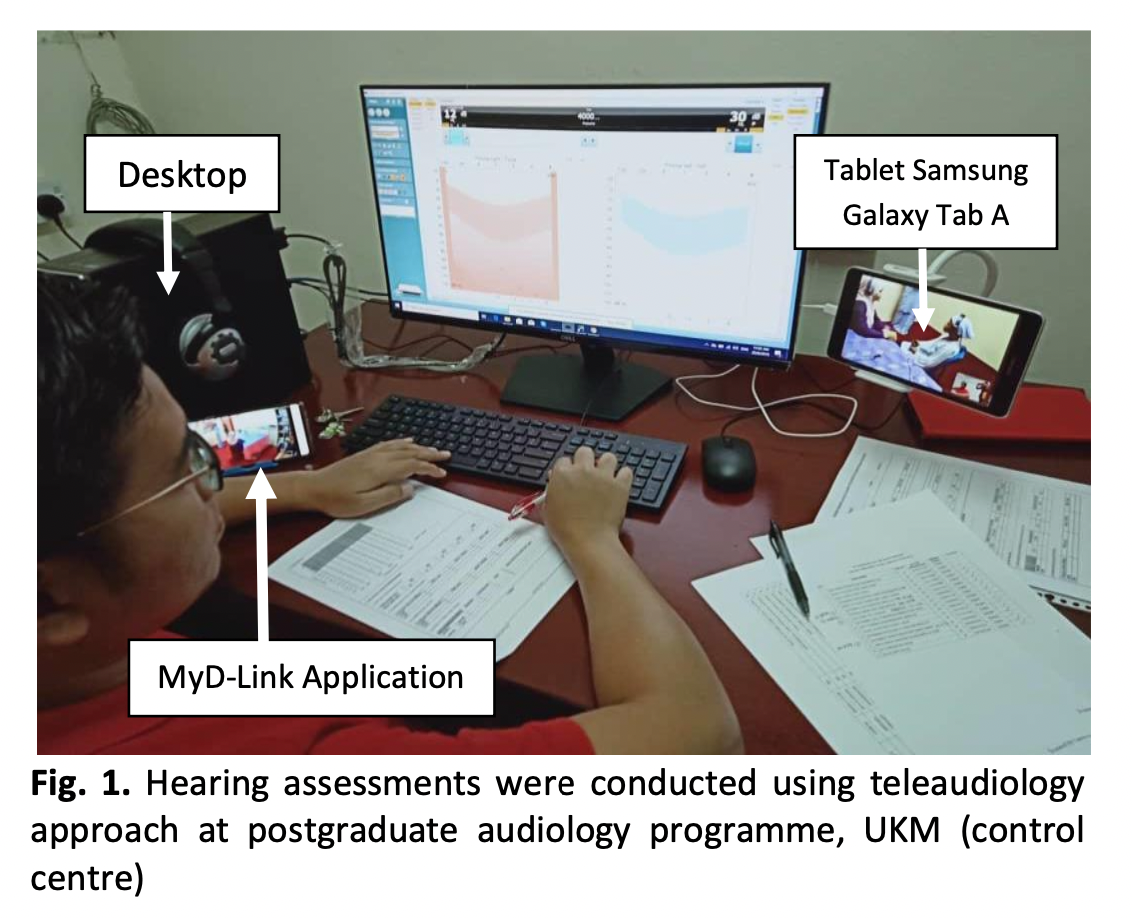Development of Teleaudiology Service in Special Education Service Centre in Malaysia: Lessons Learned
DOI:
https://doi.org/10.37934/araset.34.1.289298Keywords:
Teleaudiology, Telehealth, Special Education, Deaf or Hard of HearingAbstract
Teleaudiology has been implemented in several settings, including hospitals, nursing homes, community-based programmes, and educational institutions. Despite its numerous advantages, teleaudiology is still relatively new in Malaysia and is gaining popularity among audiologists. Additionally, the majority of studies have been conducted on normal-hearing individuals. Thus, as a pioneer in Malaysia, this study established teleaudiology services for students who are deaf or hard of hearing (DHH) at the Special Education Service Centre. The researchers examined two critical factors that contribute to the service's proper operation: internet speed and the audio-visual quality of the ICT applications employed. This study documented the details of the service's implementation, which included 25 sessions of synchronous teleaudiology with DHH school children. Additionally, this study revealed that upload and download speeds exceed prior research-recommended minimums. Meanwhile, most teleaudiology service sessions are done in high-quality audio and video, except for the Skype programme, which has a moderate visual quality. To summarise, teleaudiology services have been effectively deployed amongst institutions and have the potential to be expanded to another location in Malaysia.
Downloads





























